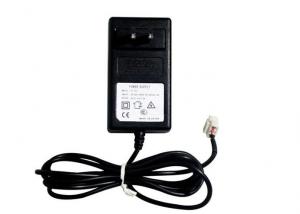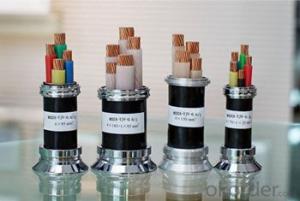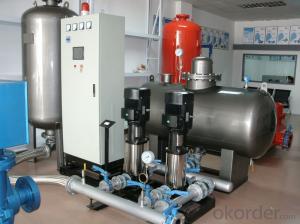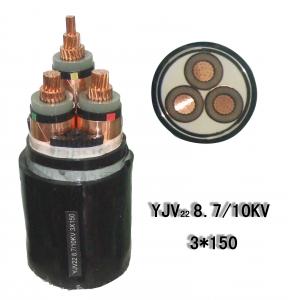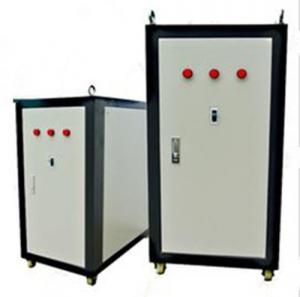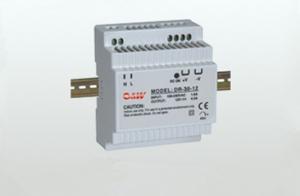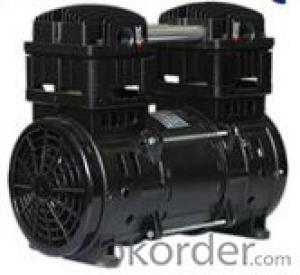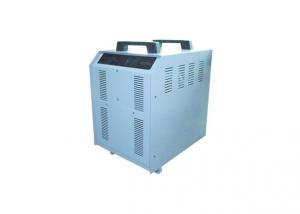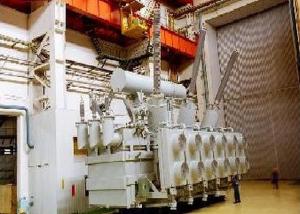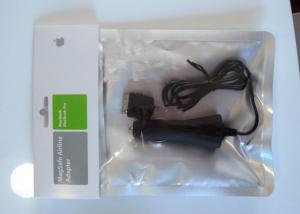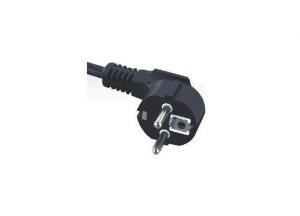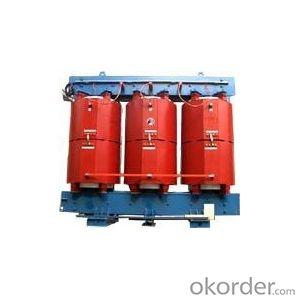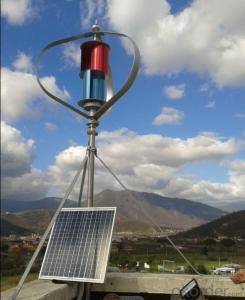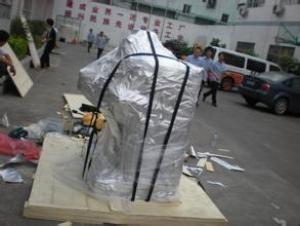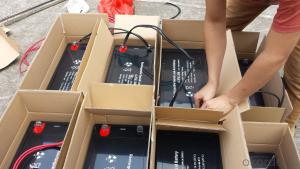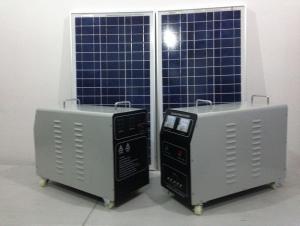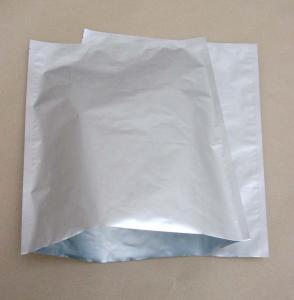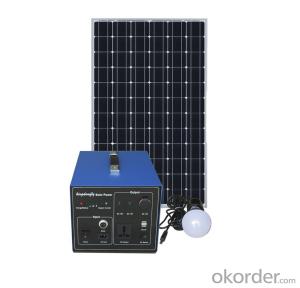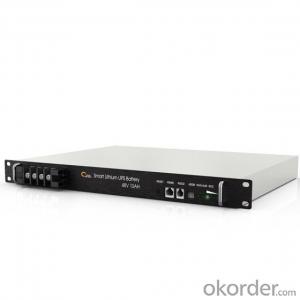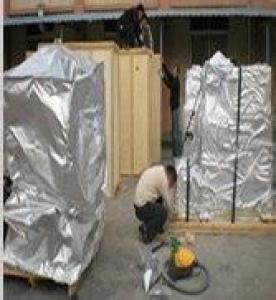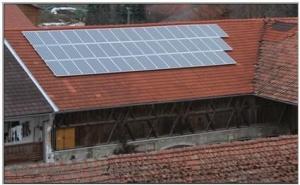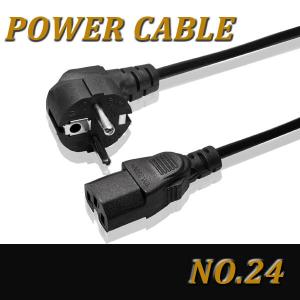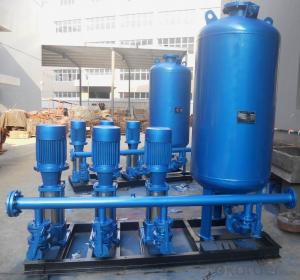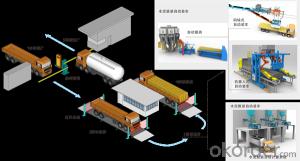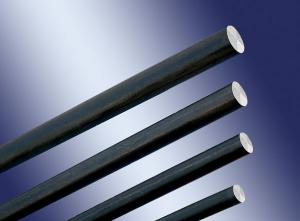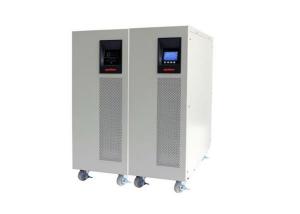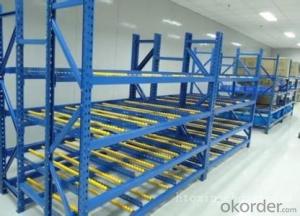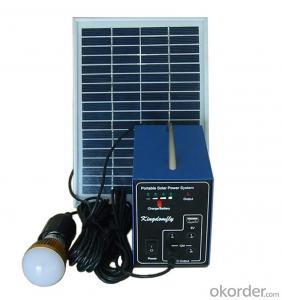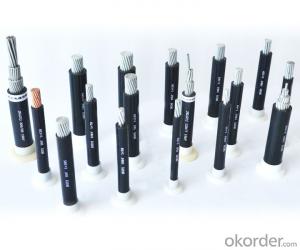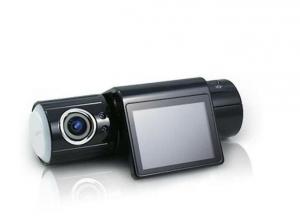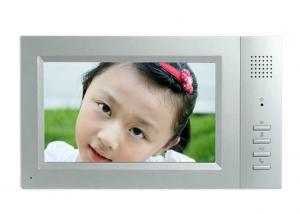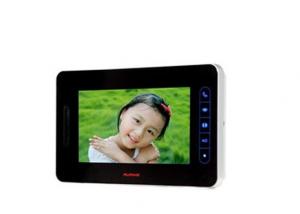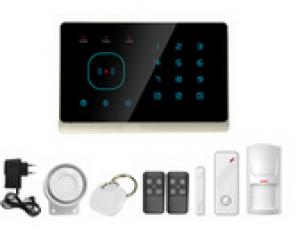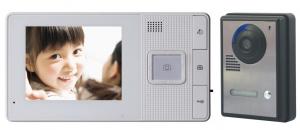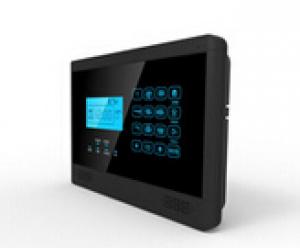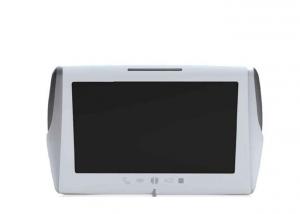Power Systems Free Shipping
Power Systems Free Shipping Related Searches
Online Power Supply Power Transmission Equipment Electricity Generation System Solar Items Wholesale Power Stacker Power Generation Distribution Wholesale Electrical Parts Power Cable Construction Electronic Components Online Shopping Power Generation For Dummies Box Truck Shelving Systems Battery Store Online Online Battery Store Electronic Parts Online Shopping Power Generation Facilities All Steel Building Systems Temporary Power Distribution Plant Baskets Wholesale Solar Energy Wholesale Wholesale Sound Equipment Battery Online Store Buy Electronic Parts Online Power Generation Technologies Push Pull Cable Suppliers Electrical Wholesalers Camper Electrical System Cheap Flower Pots Wholesale Online Electronics Store Power Cord Plug Replacement Electrical Equipment Price ListPower Systems Free Shipping Supplier & Manufacturer from China
Power Systems Free Shipping encompasses a variety of products that cater to the needs of various industries. These products are designed to provide efficient and reliable power solutions, making them ideal for a wide range of applications. From backup power systems to renewable energy solutions, these products are essential in ensuring uninterrupted power supply and optimal performance. They are particularly useful in situations where power outages are common, or when a consistent power source is critical for the smooth operation of equipment and machinery.The Power Systems Free Shipping products are widely used in various scenarios, such as data centers, hospitals, industrial facilities, and residential areas. They offer a cost-effective solution to power management, ensuring that businesses and households can maintain their operations without the risk of power disruptions. These systems are also environmentally friendly, as they often incorporate renewable energy sources like solar and wind power, reducing the reliance on fossil fuels and promoting sustainability.
As a leading wholesale supplier, Okorder.com boasts a vast inventory of Power Systems Free Shipping products. This extensive selection allows customers to find the perfect solution for their specific needs, whether they require a small-scale backup system or a large-scale power management solution. With competitive prices and efficient shipping options, Okorder.com is committed to providing customers with the best possible experience when purchasing Power Systems Free Shipping products.
Hot Products
